Over the past month, much has been said about the “trade wars.” But, tariffs are often misunderstood. What follows is an explainer of tariffs and their history.
A tariff is a tax generally focused on the buyer of goods being imported into a country. The basic methodology was a then-and-now approach designed to slow down offshore commerce to spur domestic sourcing competition from domestic manufacturing and consumption. The first U.S. tariff imposed on imported goods was in 1798 under George Washington and primarily targeted spirits. Interestingly, Washington was our most significant producer of rye whisky, producing over 3,000 bottles annually. He instructed Alexander Hamilton, a key historical figure, to draft legislation on the concept and work with the young Congress to approve and implement it. Hence, the U.S. Customs Service was developed, just four months after the ratification of the Constitution.
Tariffs offered protection
The founders understood that tariffs were necessary to protect domestic industries in a developing nation where manufacturing and other types of commerce, such as agriculture, were starting to flood the domestic market from offshore trading partners. As our government grew, it decided that tariffs levied and focused customs duties could fund and cover the government’s need for cash.
The concept was pretty straightforward until the Industrial Revolution. As the United States outpaced the rest of the world, our trading partners decided to use the same concept to protect their markets. This led product buyers to pay more for a better product than they could buy locally. Very soon, the idea of collecting customs duties became a standard practice.
Tariff complexity
The complexities of tariffs have become very detailed and complicated, and will be presented for understanding. The complexities include the terms of customs duties, dumping, currency devaluation, civil rights of the producing country, and quotas.
Dumping typically produces goods below the actual cost and dumps them into another market below the domestic price. This affects domestic production and limits local competition simply due to price.
Currency devaluation is similar to dumping, but it has a different outcome. In a centralized government, local goods are produced at a profit. The producer finishes the product and sells it to a government trading company, which then sells it to other markets at a lower trading currency point of sale. Again, this makes the product cheaper for buyers in domestic markets as everything is prepaid in the origin country.
Civil rights regarding enslaved persons and child labor being used to manufacture products again result in lowering the cost per unit in foreign markets.
Quotas are used by buying nations to limit specific industries and products from being consumed by their citizens. An example is Canada. It imposes quotas on competing products, such as dairy products.
Tariff use case
Let's take a simple dairy product, such as yogurt. The duty rate is very low on the first 37.5 tons (two semi-truck loads). Then the quota rate on yogurt is 230% for every carton sold until the following calendar year. Canada has quotas on poultry, beef, and pork products from the United States.
Australia and approximately 60 other nations have quotas on American products.
The auto industry abroad has implemented excessive duties on the American auto industry. Most imported vehicles into the American market have a low and straightforward entry rate of approximately 2%. Conversely, the European Union has a minimum dust (particulate matter) rate of 25% on a simple Chevy. Another example of no reciprocity is the United Kingdom. An entry-level Ford Escape sells for $28,000. The same car with a right-hand steering wheel and customs duties brought the landed price to over $40,000.
Most disputes are presented to the WTO (World Trade Organization), supported by the United Nations.
About the author
Steve Knepp is a 40-year veteran in the global supply chain and logistics industry. His experiences span all sectors of the industry and modes of operation. He is as well experienced in the government sector designing and applying cargo movements in war zones. He is retired and residing in Knoxville, TN, and be reached at [email protected].
SC
MR
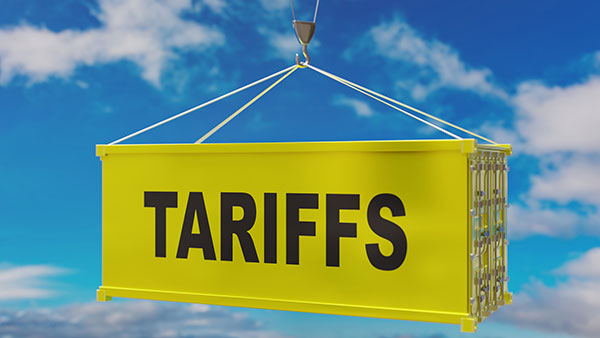

More Tariffs
What's Related in Tariffs
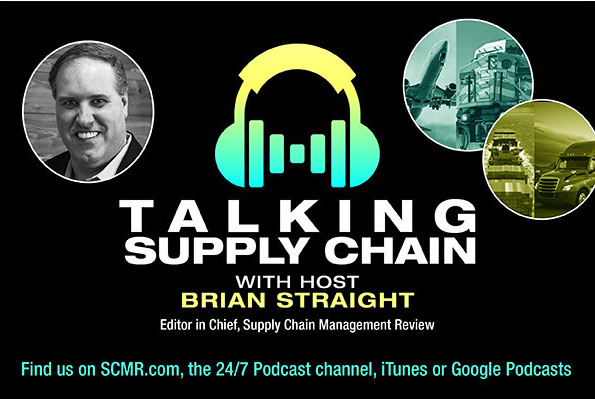
 Explore
Explore
Topics
Procurement & Sourcing News
- C.H. Robinson rolls out AI agent to address LTL classification overhaul
- Danone latest to announce new US investment
- Uber Freight’s Val Marchevsky to deliver Keynote at NextGen Supply Chain Conference
- Unlocking the green grid: Innovations for eco-friendly last mile
- Dealing with supply chain complexities with scenario intelligence
- Securing critical minerals during a global trade war
- More Procurement & Sourcing
Latest Procurement & Sourcing Resources
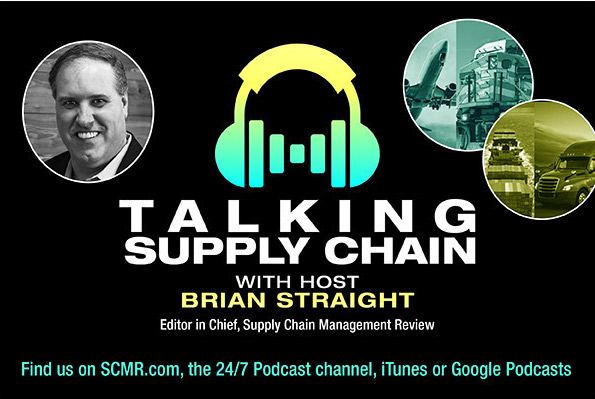
Subscribe
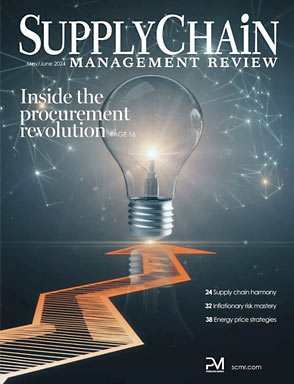
Supply Chain Management Review delivers the best industry content.
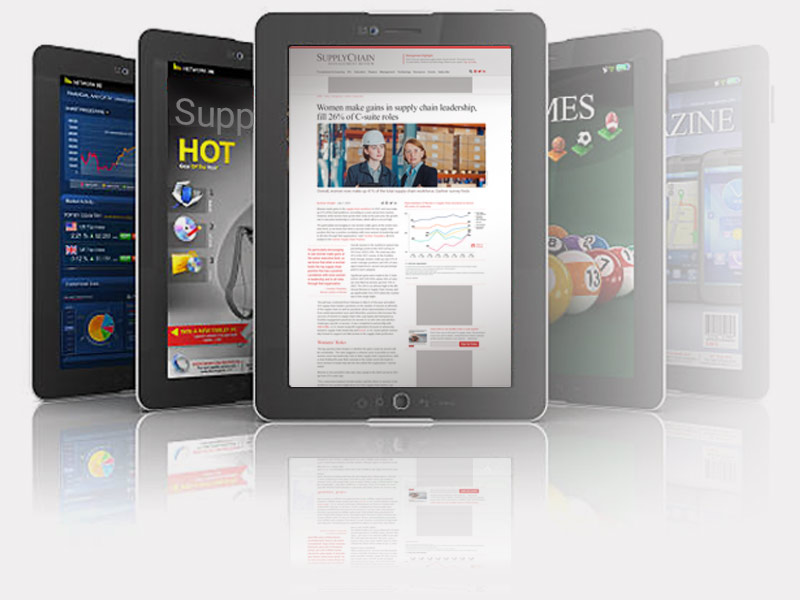
Editors’ Picks




